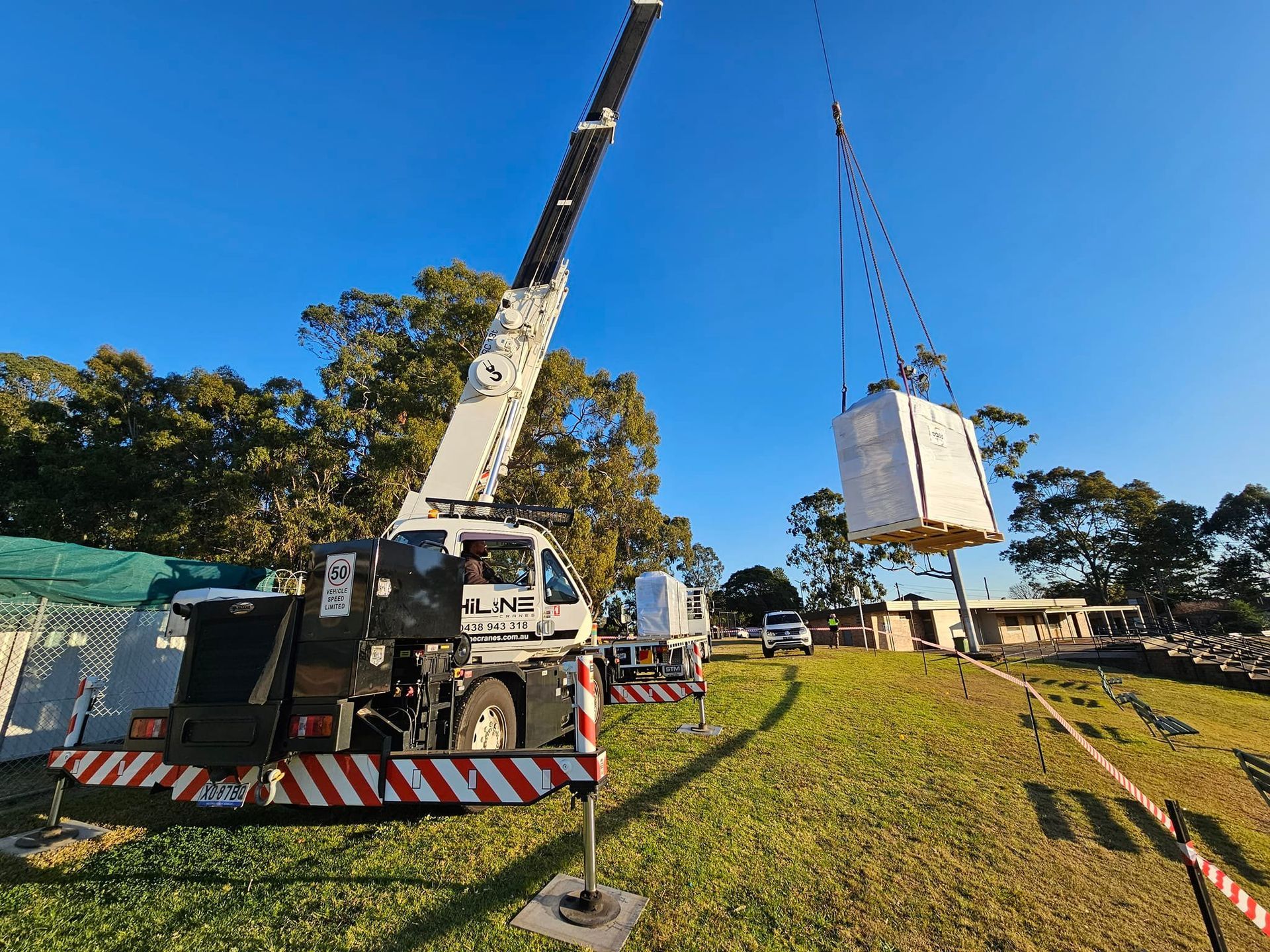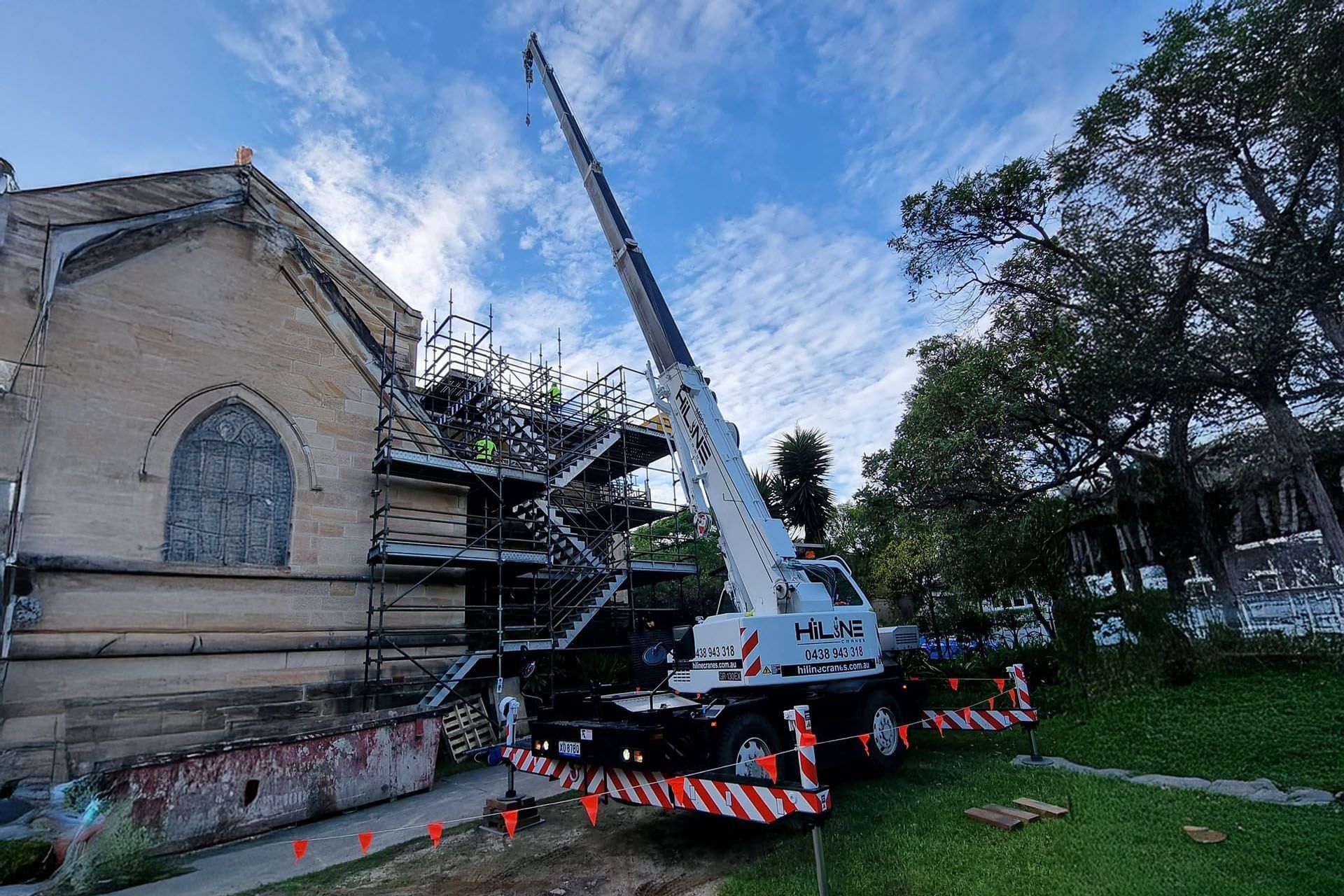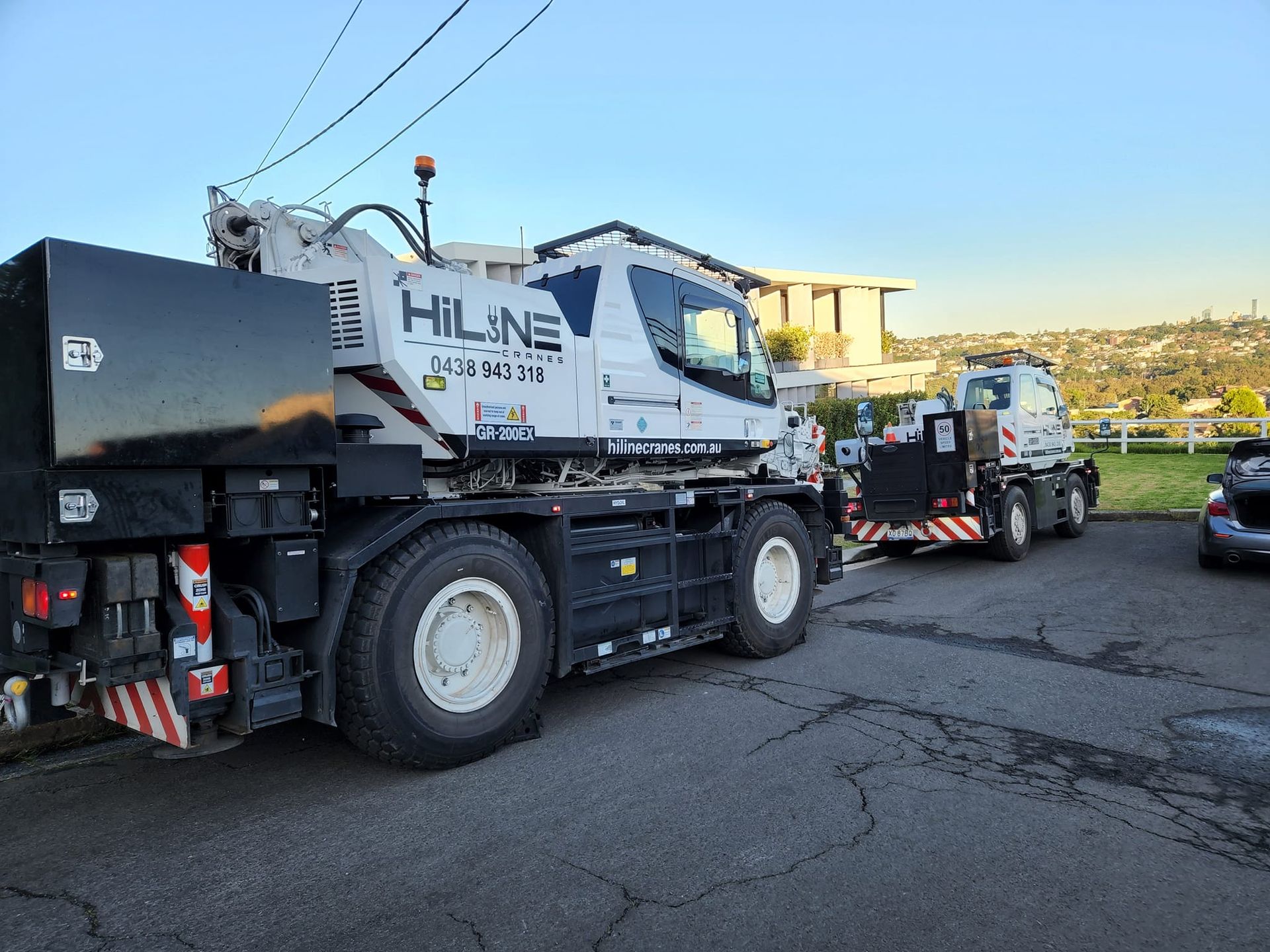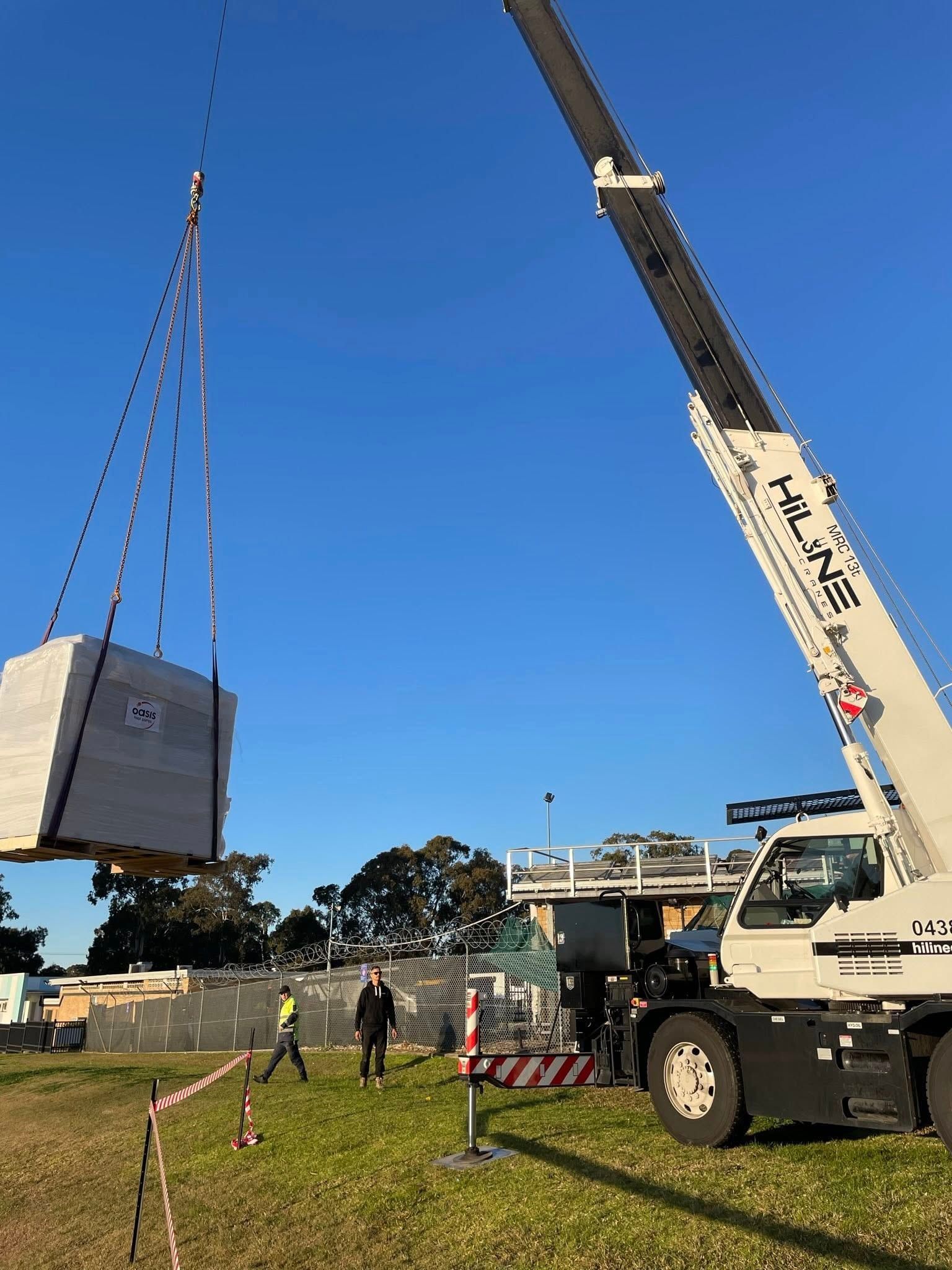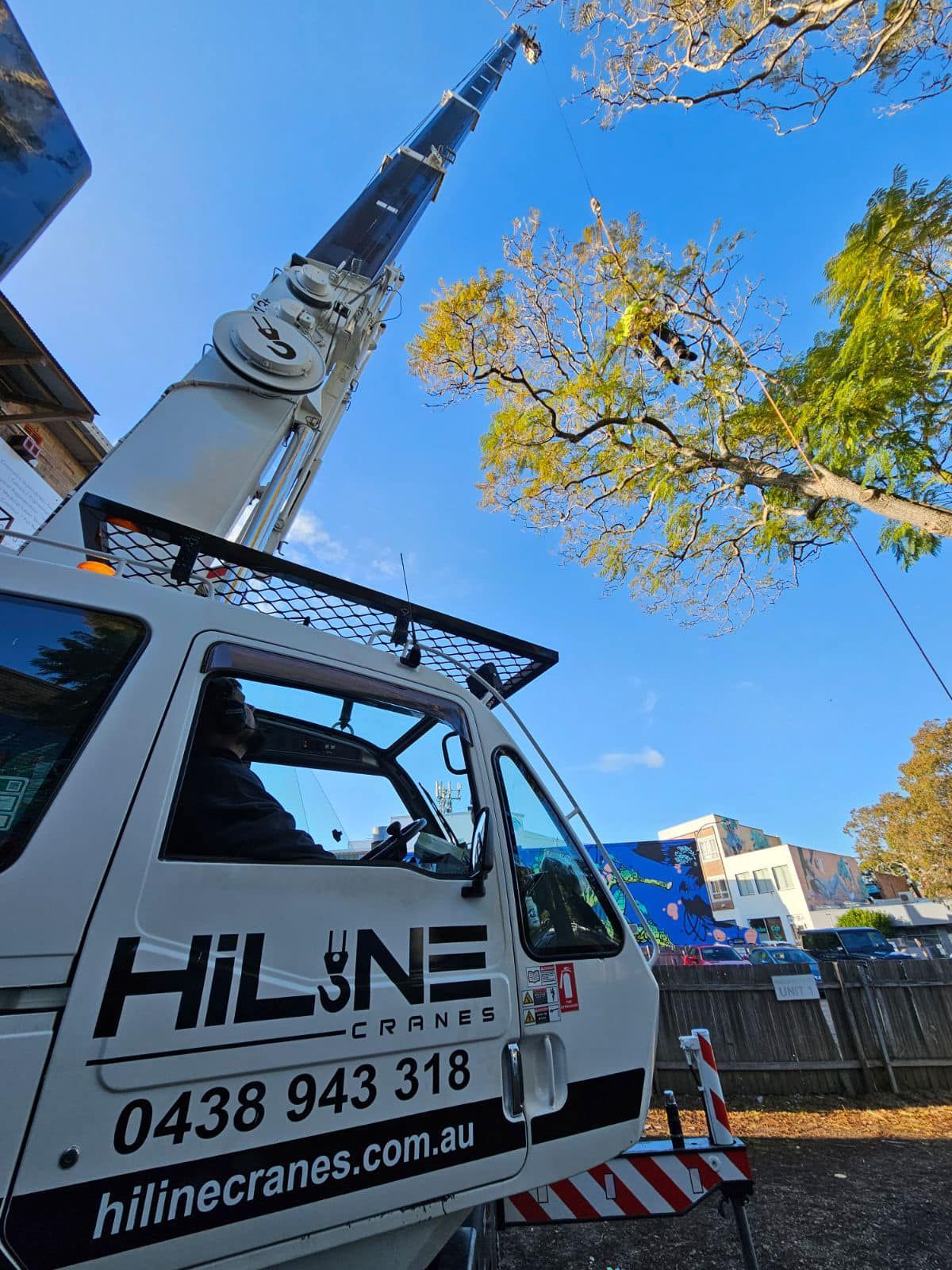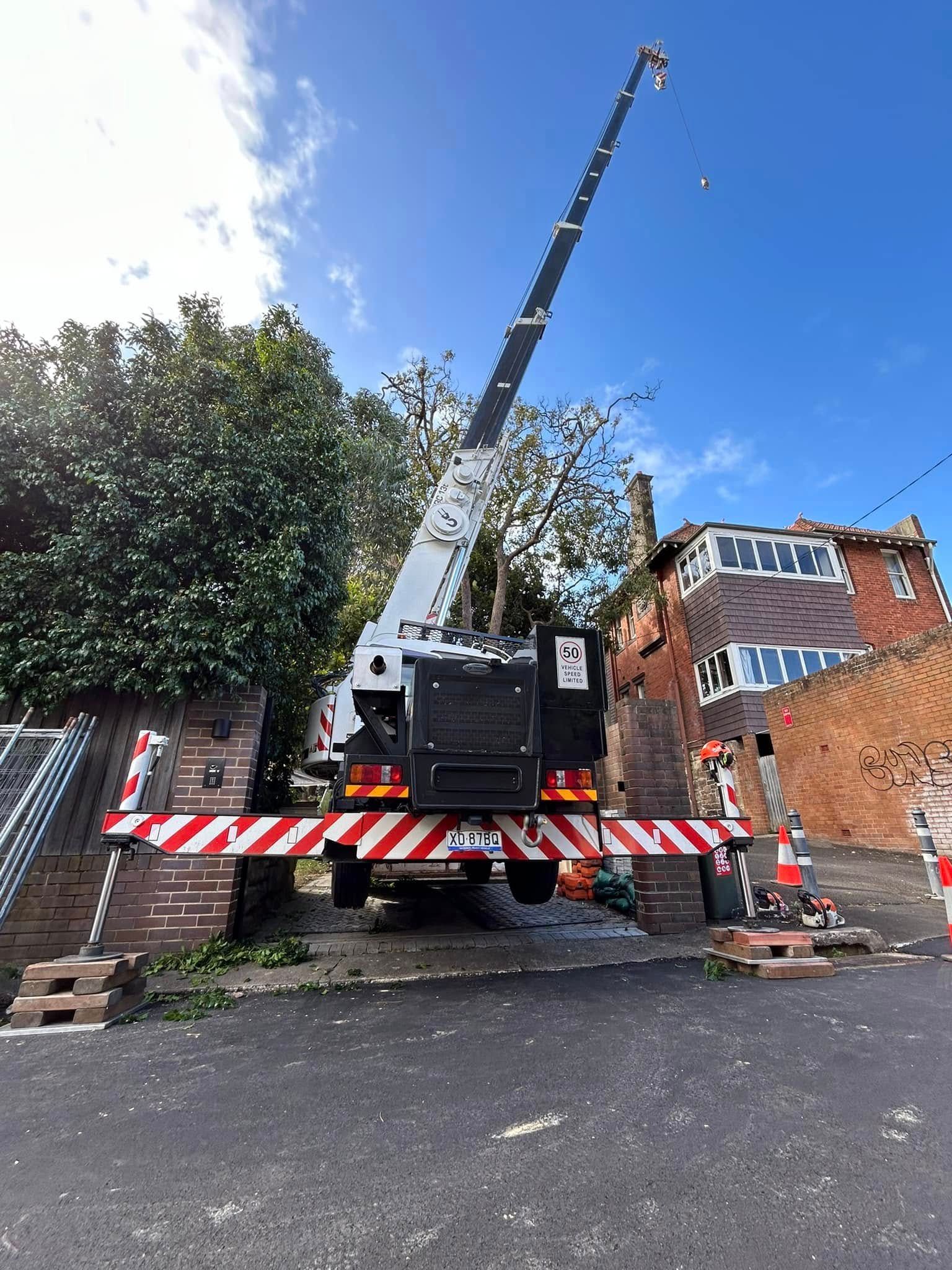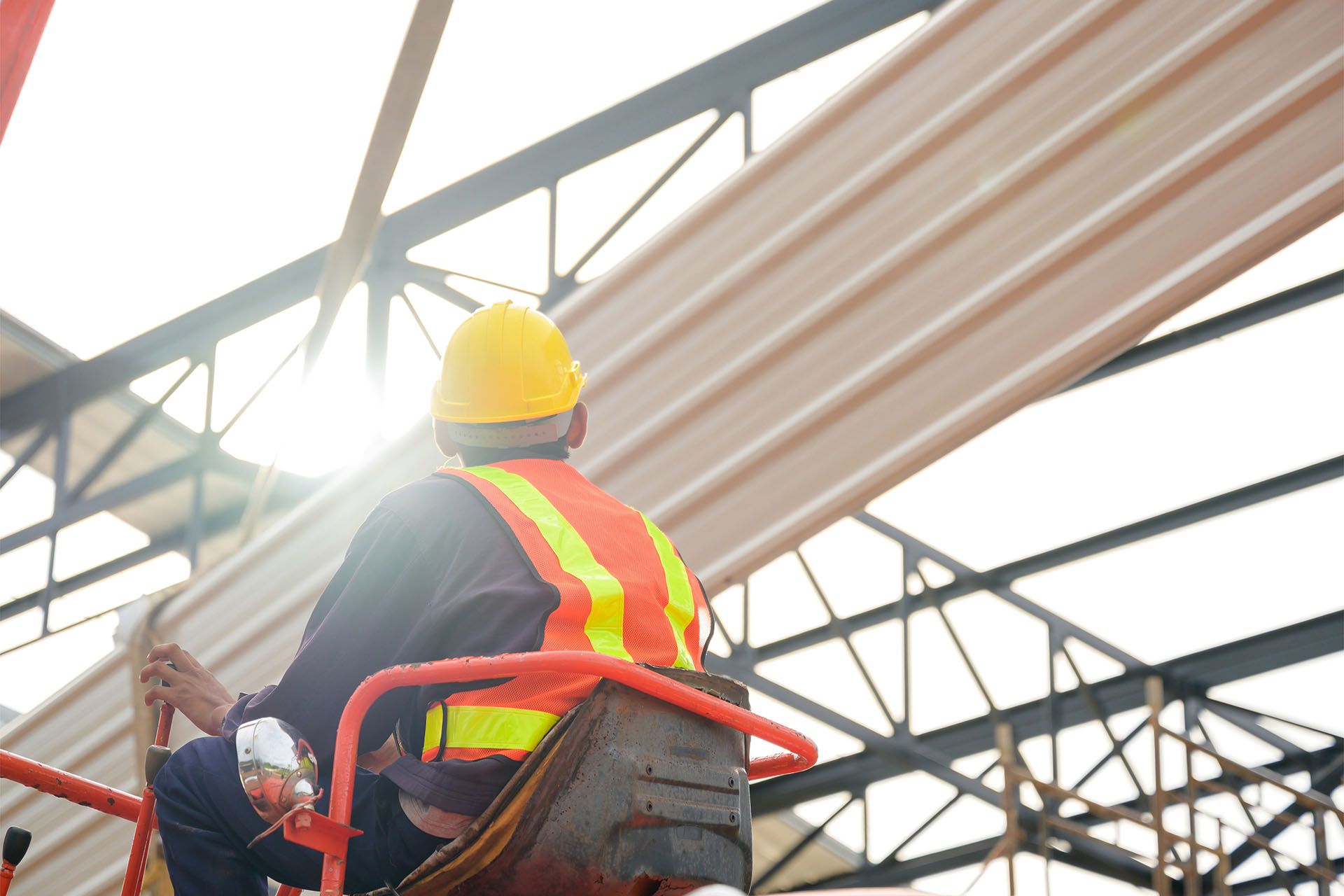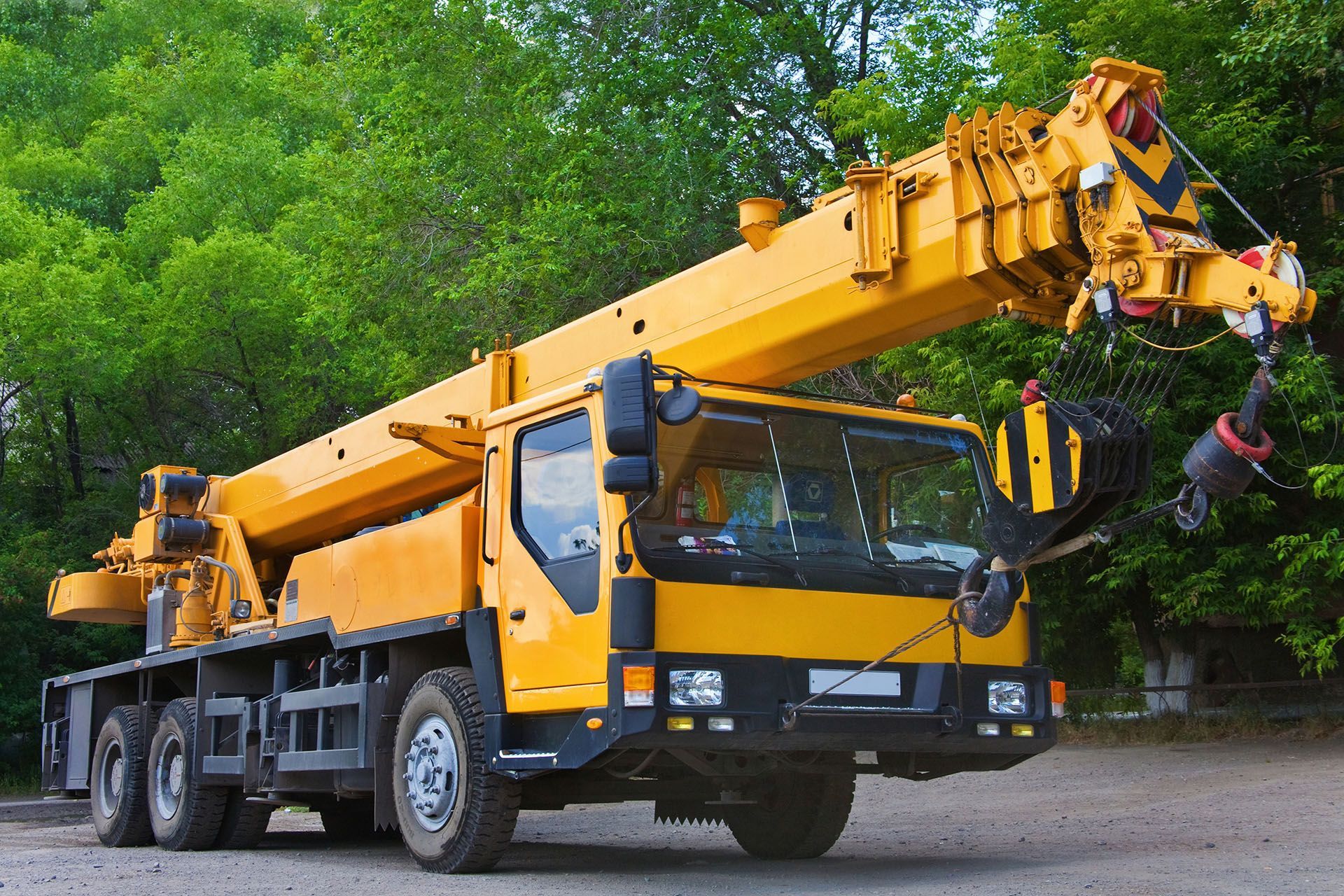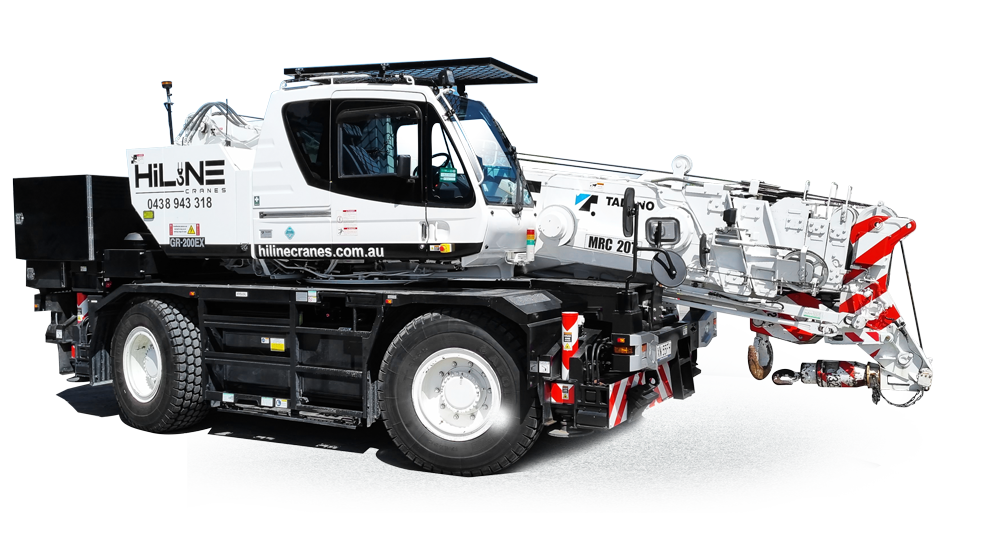Crane Safety Tips: How to Avoid Injuries and Keep Your Workers Safe
Working with cranes can be a dangerous job if you're not careful. Injuries and fatalities can occur if workers don't take the necessary precautions. This blog post will discuss some of the most important crane safety tips to help keep your workers safe. Follow these tips, and you'll be able to avoid injuries and costly accidents.
Crane Safety Tips
1. Ensure Proper Inspections
The first step in any crane safety maintenance program is proper inspections. Inspections are an effective way to identify potential problems before they become major issues. You can inspect the crane’s condition during different times of the year, but spring and fall are especially important times to inspect cranes for maintenance.
Inspect the following regularly:
The crane’s tires and wheels: Deteriorating tires and wheels can result in unsafe operation and should be replaced at once.
The crane’s trolley: This is a part of the crane that moves along the rails.
The crane’s rails: Inspect the crane rails regularly.
The crane’s load chart: This is the chart that shows the safe lifting crane capacity and charts that are used to indicate what the crane is capable of lifting.
If any of these components are broken, worn, or missing, they should be repaired or replaced immediately. You should also make sure that the crane has all of the necessary government certifications.
2. Use the Right Equipment for the Job
As with most things in life, the right tool for the job makes the job easier and more efficient. This is especially true when it comes to cranes. Different types of cranes are used in different situations. Make sure you know which type of crane is best for the job to avoid accidents. Make sure you choose the right size and capacity as well.
Some of the most common cranes include:
Carry deck crane: Used for general construction, these highly mobile cranes are easy to set up and rotate but have a low lifting capacity.
Tower cranes: Used for larger construction projects, these tower cranes are tall and have a high lifting capacity but are difficult to move.
Overhead crane: Used in industrial settings, these cranes travel along an overhead beam and can lift hefty loads.
Crawler cranes: Crawler crane can be used in construction and heavy industry, these cranes have a very high lifting capacity but are difficult to move.
Rough-terrain crane: Used in construction and heavy industry, these cranes are mobile and high lifting capacity.
All-terrain crane: As the name suggests, these cranes can be used on all types of terrain and are very mobile.
3. Train Workers on Safe Operation Practices
You should thoroughly train crane operators on safe operating practices. Ensuring that crane operators are trained properly can help prevent accidents from happening in the first place.
- Make sure that experienced operators supervise new operators until they are fully trained.
- Make sure that cranes are not operated under adverse weather conditions.
- Never operate cranes while under the influence of drugs or alcohol.
Keep in mind that cranes are dangerous machines. A single mistake can result in an injury or fatality. Ensure that crane operators are familiar with the machine they are operating and their job to complete. Make sure that operators fully understand the crane’s capacities and limitations.
4. Always DO Daily Operator Checks
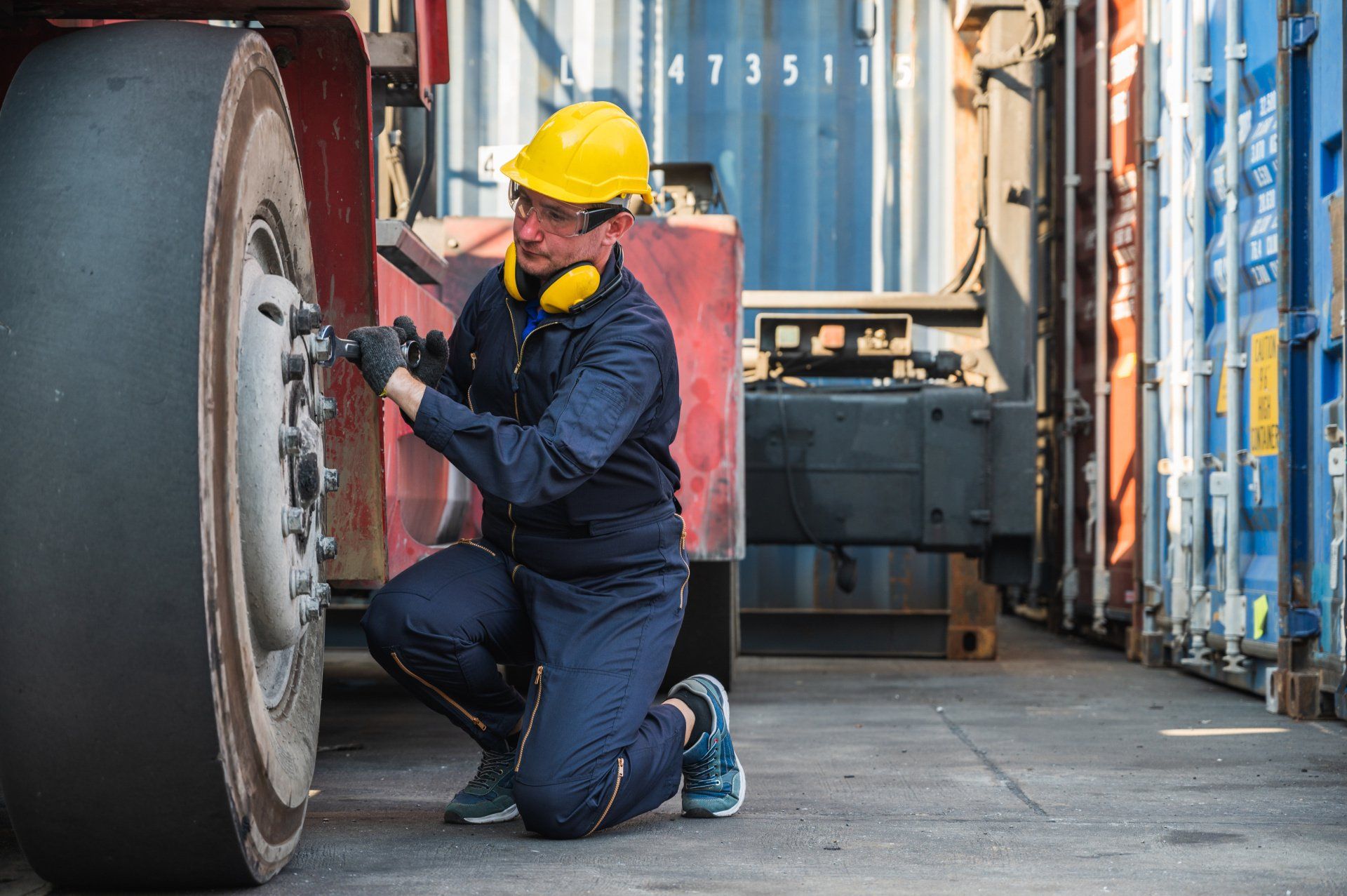
Before using any crane, the operator should always do a daily check. This safety measure is important because it ensures that the crane is in good working condition. The operator should check all of the following:
Pre-start checks: These checks should be done before the crane is used each day. The crane operator should check tire condition, oil level, battery, seat belts, and safety devices.
Engine start-up checks: The operator should check the engine oil level, radiator coolant level, turn signals, horn, suspension, and pressure gauges.
Safety system checks: The operator should check the safety latch of a main and auxiliary crane hook brakes and make sure that they evaluate the anti-two block, rated capacity limiter, and outriggers.
5. Check Visibility Before Starting Up the Crane
Another essential crane safety measure is to check the crane’s visibility before starting it up. The operator should make sure that nothing is blocking the view from the cab, including people, other equipment, or debris.
It’s also important to have a spotter when needed. A spotter is someone who stands near the crane and signals to the operator when it’s safe to move the crane. The spotter should have a clear view of the area and communicate with the crane operator easily.
6. Pay Attention to Load Limits
One of the most important crane safety tips for crane operators is to pay attention to load limits. Never try to lift more than the crane is rated for. Overloading tower cranes or any other type of cranes can cause it to tip over and cause serious injuries or even death.
You should also be aware of the weight and size of the load you are lifting. Ensure that the load is balanced correctly and that it is not too big or too heavy for the crane.
7. Always Check Ground Conditions
Before using a crane, you should always check the ground conditions. The ground should be level and firm enough to support the crane. If there are any soft spots or uneven areas, they should be filled in or repaired before the crane is used.
8. Use Crane Lifting Attachments that Meet Australian Standards
Always purchase crane lifting equipment from a reputable Australian metal fabricator who follows Australian standards, such as crane cages and crane drum handling. Crane lifting equipment used on an Australian worksite must pass stringent testing, be issued with a Proof Load Certificate of Conformance to Australian Standards, and bear a compliance tag.
Need a Crane Hire?
If you need a crane hire in Sydney, our team at HiLine Cranes can help. We have a mobile crane available for hire; we can lift and move various loads for various projects, from arboricultural to construction and industrial. When you hire a crane from us, it includes both the crane and an experienced crane operator. For long-term projects, you can opt to hire the crane only. Contact us today to find out more about how we can assist you.

